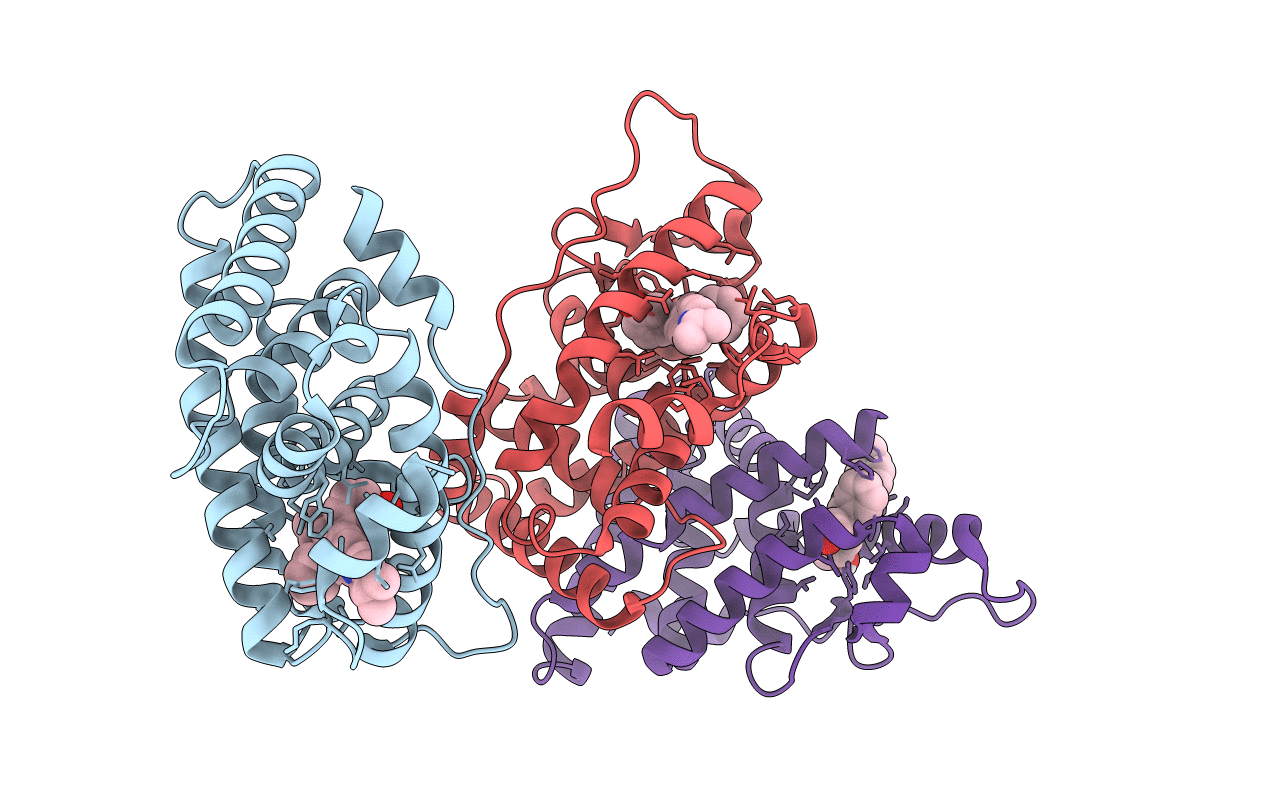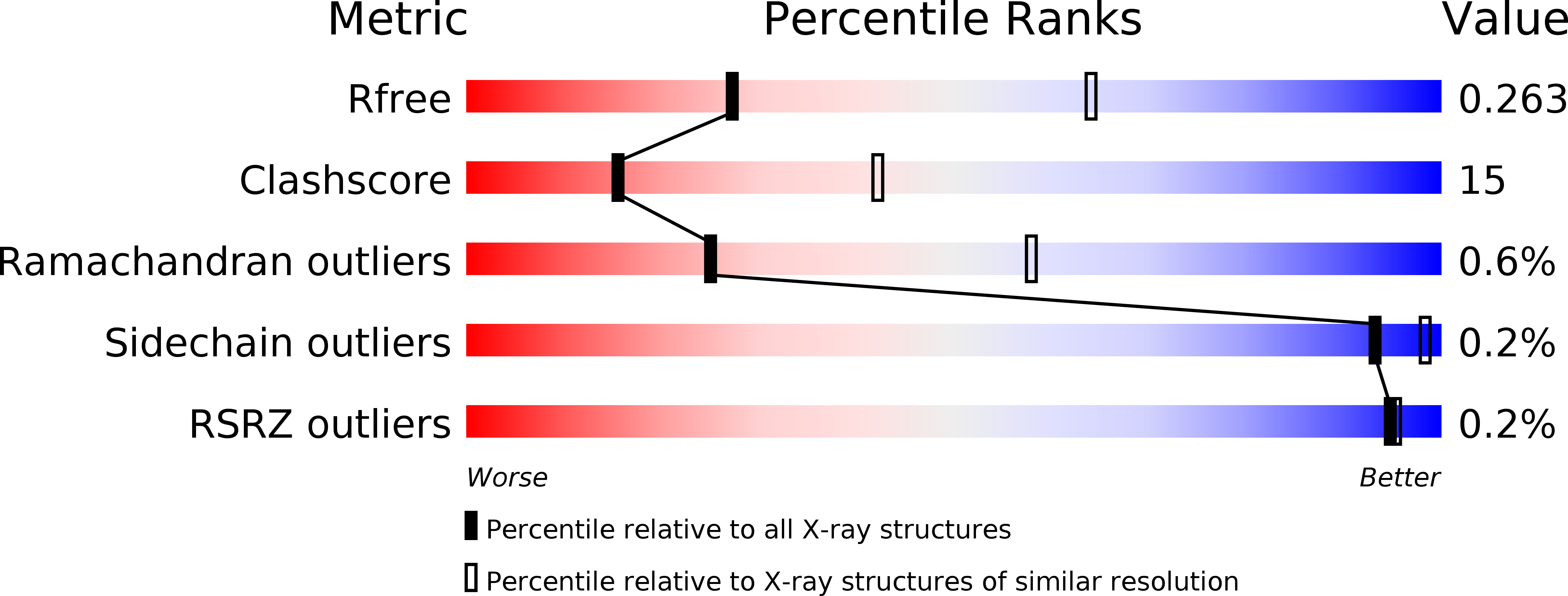
Deposition Date
2018-06-28
Release Date
2019-04-10
Last Version Date
2023-11-22
Entry Detail
PDB ID:
6A6K
Keywords:
Title:
Crystal structure of Estrogen-related Receptor-3 (ERR-gamma) ligand binding domain with DN201000
Biological Source:
Source Organism:
Homo sapiens (Taxon ID: 9606)
Host Organism:
Method Details:
Experimental Method:
Resolution:
2.90 Å
R-Value Free:
0.26
R-Value Work:
0.20
R-Value Observed:
0.20
Space Group:
C 1 2 1


